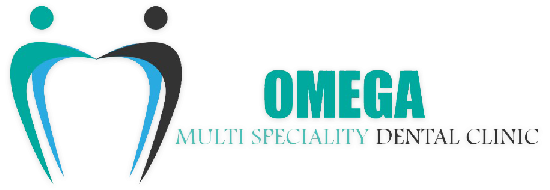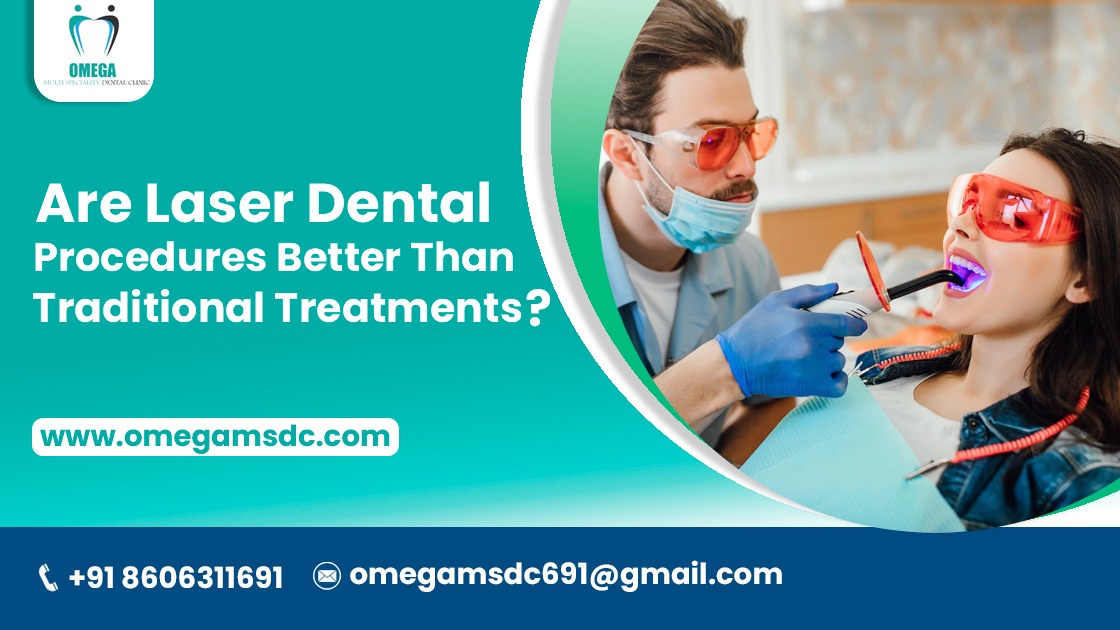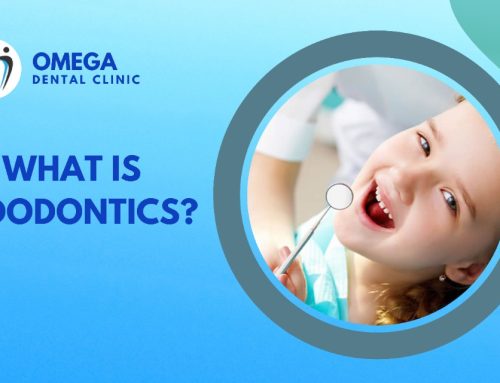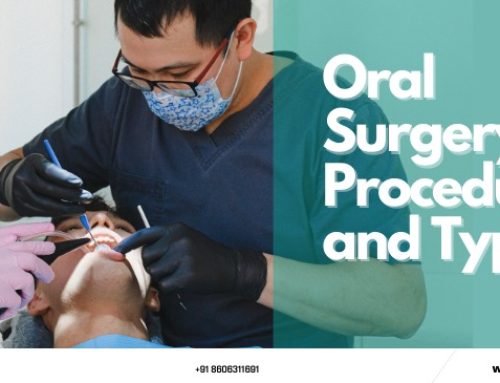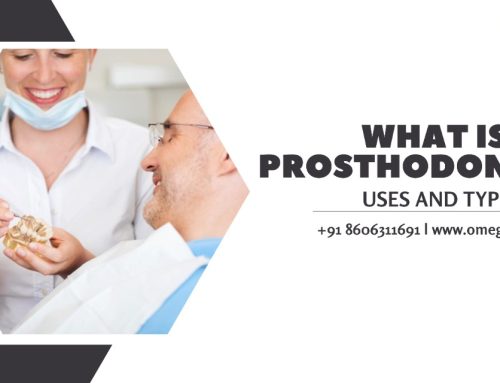Laser dentistry deals with the use of lasers to treat different dental conditions. It was used commercially in clinical dental practice for tooth tissue in 1989. It is comparatively a more comfortable treatment option for dental procedures involving hard and soft tissue compared to drills and other non-laser tools. The laser light causes a reaction when it hits tissue, allowing the tissue to be removed or shaped.
Laser treatment is used in a variety of procedures, including:
- Treating hypersensitivity
- Treating tooth decay
- Treating gum disease
- Tooth whitening
There are two main types of dental procedures used for laser dentistry. They are hard tissue and soft tissue procedures.
Hard tissue procedures include:
- Cavity detection
- Tooth preparations and dental fillings
- Treating tooth sensitivity
Soft tissue procedures include:
- “Gummy smile” treatment
- Crown lengthening
- Tongue frenulum attachment treatment
- Removal of soft tissue folds
Other procedures include:
- Viewing tissues
- Removing benign tumors
- Treating obstructive sleep apnea
- Temporomandibular joint treatment
- Nerve regeneration
- Treating cold sores
- Teeth whitening
TRADITIONAL TREATMENTS
Also known as drill dentistry, this treatment requires the use of a drill for most procedures, including root canals. Traditional treatments involve the use of a dental drill which is a small and high-speed drill. This is used to remove decay and shape tooth structure before inserting the filling. These drills come in a variety of shapes and sizes, each with a varying purpose.
The difference between laser and drill dentistry is that laser dentistry is much more advanced than the latter. Over time, however, the drills have become much more powerful, with some of them rotating as much as 800,000 times a minute.
COMPARING LASER AND TRADITIONAL TREATMENTS
-
PAIN
Drill dentistry tends to be more painful when compared to lasers. During a tooth filling, the dentist uses a drill to remove the damaged part of the tooth before the process starts. The drill tends to cause vibrations which can be sensitive for some patients. To ease discomfort and pain, the dentist might opt for anesthetic injections.
On the other hand, lasers are painless. It is fast and effective as lasers use light and heat to perform dental treatments. They are easier to control and allow for painless vaporizing or cutting of tissue, removing teeth decay and soft tissues from your gums. It is less invasive when compared to the traditional treatment. The use of anesthetics is eliminated here.
-
DENTAL BLEEDING
There is a chance for bleeding in drill dentistry which is minimized in laser treatments. This is because laser promotes faster blood clotting by sealing blood vessels. Swelling is also minimized in laser treatments.
-
RECOVERY
In drill dentistry, tissue regeneration is slower and wounds take time to heal. For instance, for the removal of a wisdom tooth, the dentist will have to cut the gums open to get the teeth out which will take time to heal. However, in laser treatment, tissue regeneration is faster and minor wounds heal quickly.
-
BACTERIAL INFECTIONS
A patient who opts for a drill procedure has a higher risk of contracting infections compared to one who opts for laser treatments. The cutting into gums and the resulting stitches and wounds incurred may lead to infections. Lasers, on the other hand, have reduced the risk of infections in patients. Dental lasers sterilize the area, which accelerates the healing process thus minimizing the risk of infection.
-
ACCURACY
Drill dentistry lacks the accuracy and precision seen in laser treatments. Laser treatments are more accurate when compared to the traditional method.
ADVANTAGES OF LASER TREATMENT
- The use of soft tissue lasers minimizes the need for sutures
- Minimized bleeding as the laser promotes blood clotting
- Anesthesia is unnecessary in most procedures concerning lasers
- Lowers the risk of bacterial infection because the laser sterilizes the area
- Wounds heal faster
- Can regenerate tissue
LASER DENTISTRY VS TRADITIONAL METHOD
The answer to which treatment is better can be tricky. The proper choice depends on the patient’s needs and the severity and nature of the given condition. There are aspects that require proper consideration before choosing one over the other. There are people that are more comfortable with drill dentistry and vice versa. Though both treatments have their own disadvantages, it offers quality services to patients, making them a recommended procedure for different kinds of dental problems. Even though laser treatment is mainly associated with cosmetic treatments, it can be effective for preventative purposes too.
We hope this article was useful for you. We are a multispecialty dental clinic in Kakkanad that is well known for our laser dentistry and the best dentists in Kakkanad. If you are facing any difficulty due to dental problems, we would be ready to treat you with the best treatment possible.
